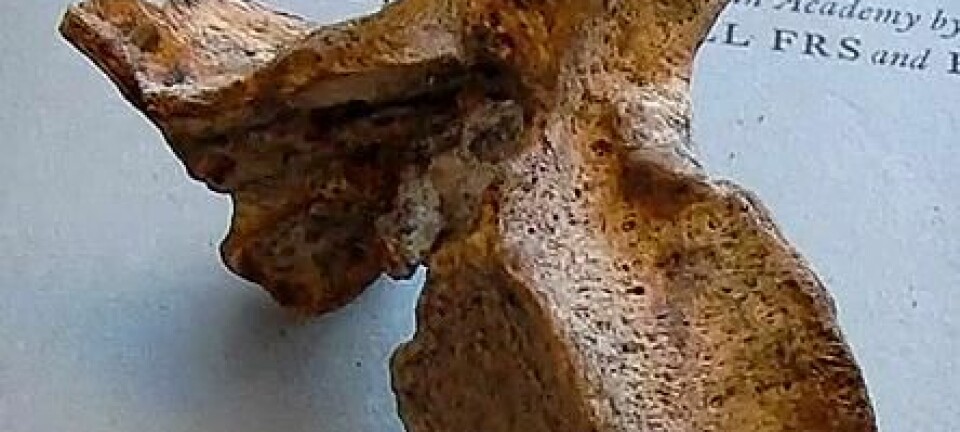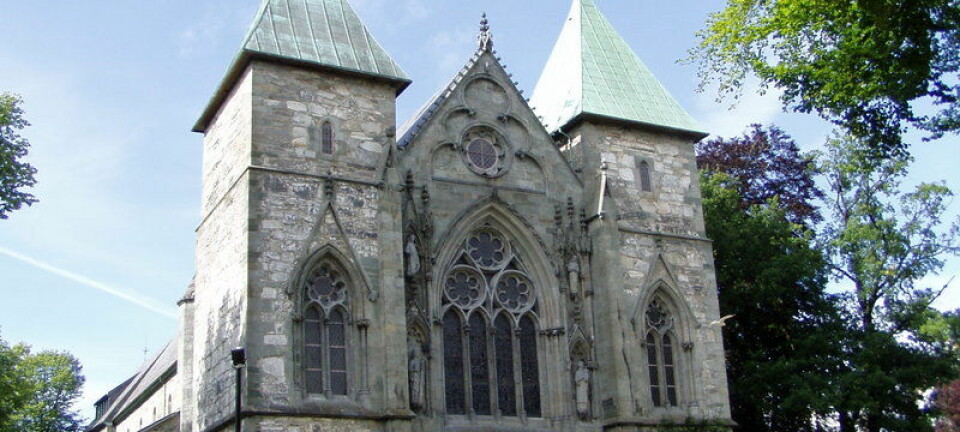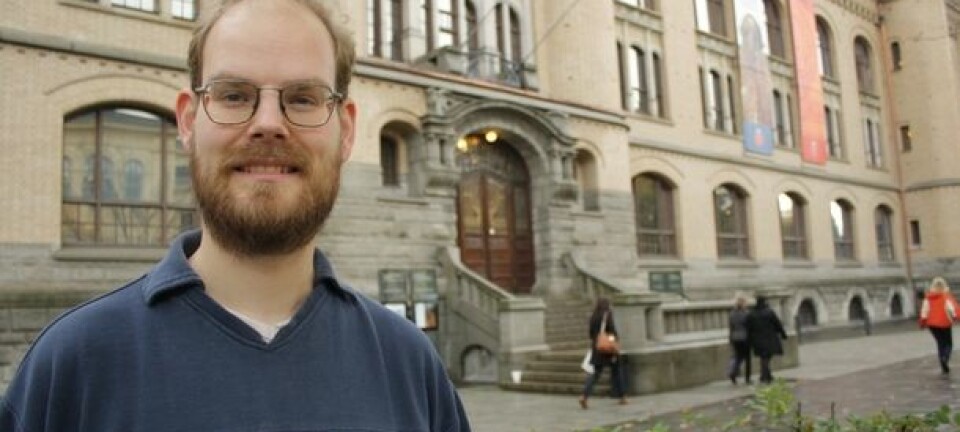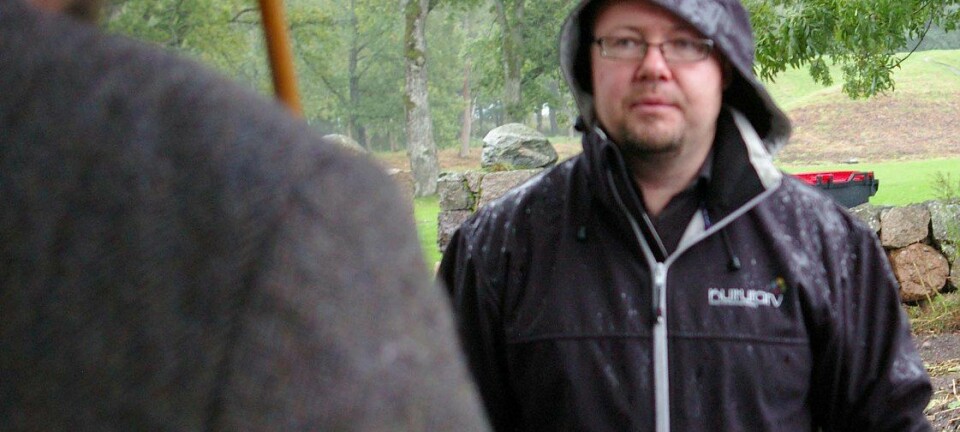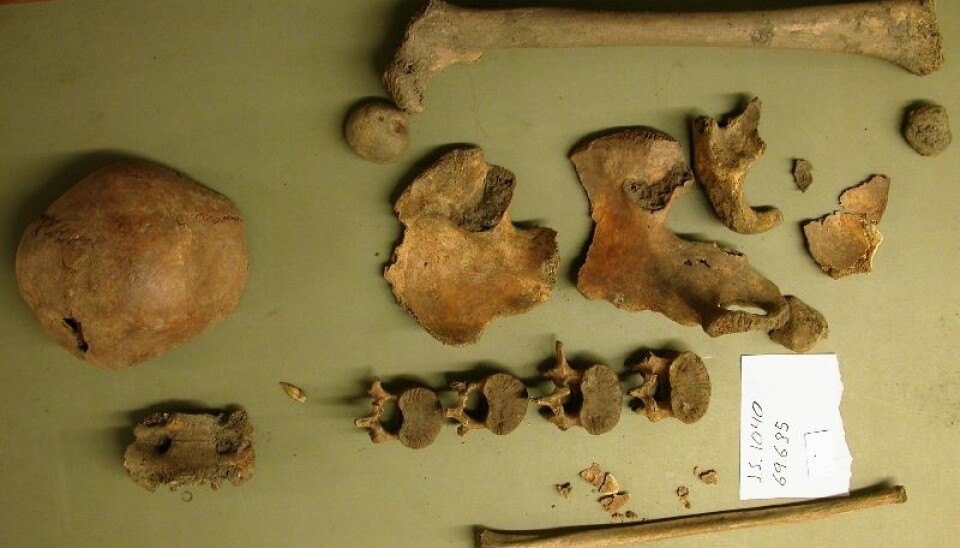
Voices from the grave
Early in the 13th century husbands and wives were not always allowed to be buried next to each other in cemeteries. Old Norwegian skeletons reveal long-forgotten burial customs.
Denne artikkelen er over ti år gammel og kan inneholde utdatert informasjon.
The individuals that research fellow Stian Hamre studies are all dead and have been so for several hundred years. But they have something to say about life and death in their day.
Hamre has studied no less than 1,200 skeletons, dating from the start of the 1100s to the middle of 1300s, from graveyards in the Norwegian cities Tønsberg, Hamar, Bergen and Trondheim.
This has given him plenty of insight about the placement of graves in Norway’s earliest Christian cemeteries.
In Medieval Norway the placement of one’s final resting place in a churchyard was no random matter. Gender as well as class determined where one could be buried in relationship to the church. And infants appear to have received a special status.
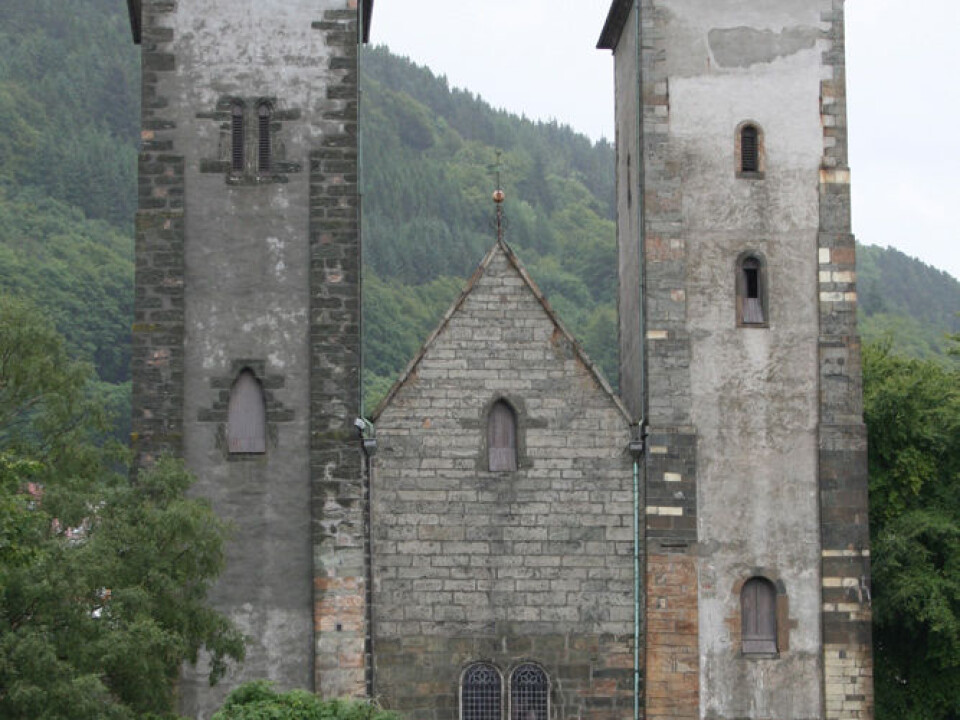
Husband and wife apart
Hamre says there were no general, inflexible rules regarding exactly where different categories of the dead were to be placed.
“For instance in the oldest preserved parts of the law known as Eidsivatingloven it’s stipulated that women are to buried on the north side of a church, while men are to be placed on the south side."
The statute probably had a religious foundation, possibly based on stories that the crucified Jesus had Maria on one side and John the Baptist on the other.

But was this gender separation adhered to?
Hamre’s studies indicate that gravesites were indeed divided by gender in Tønsberg, Hamar and Trondheim, although north and south were interpreted rather loosely.
From gender segregation to family graves
Hamre explains that it wasn’t always possible to adhere to a system with such a north-south axis, sometimes because of the location of the church in the landscape. So graveyards had to adapt their solutions to the local landscape.
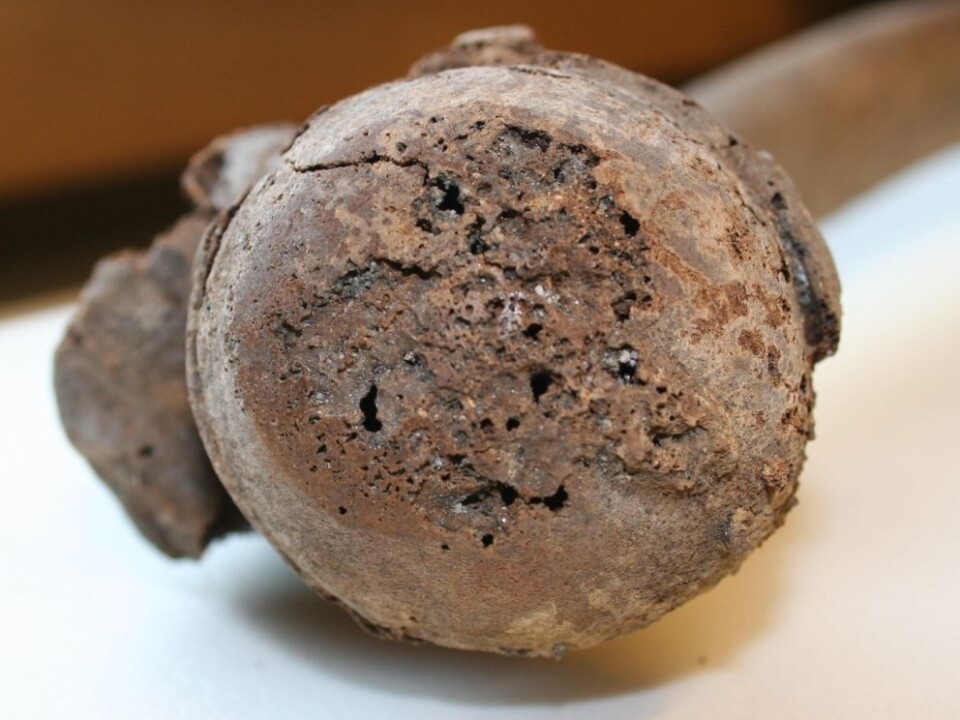
But already by the latter half of the 1200s it appears that the segregation of the sexes after death was terminated.
“The provision was struck from later versions of Eidsivatingloven and replaced by a regulation that could be interpreted to allow families to be buried together. This would be impossible had sexual divisions been retained," says Hamre.
But gender was not the only criteria for deciding where the dead were to be laid to rest. A class division would prevail much longer.
The rich in pole position
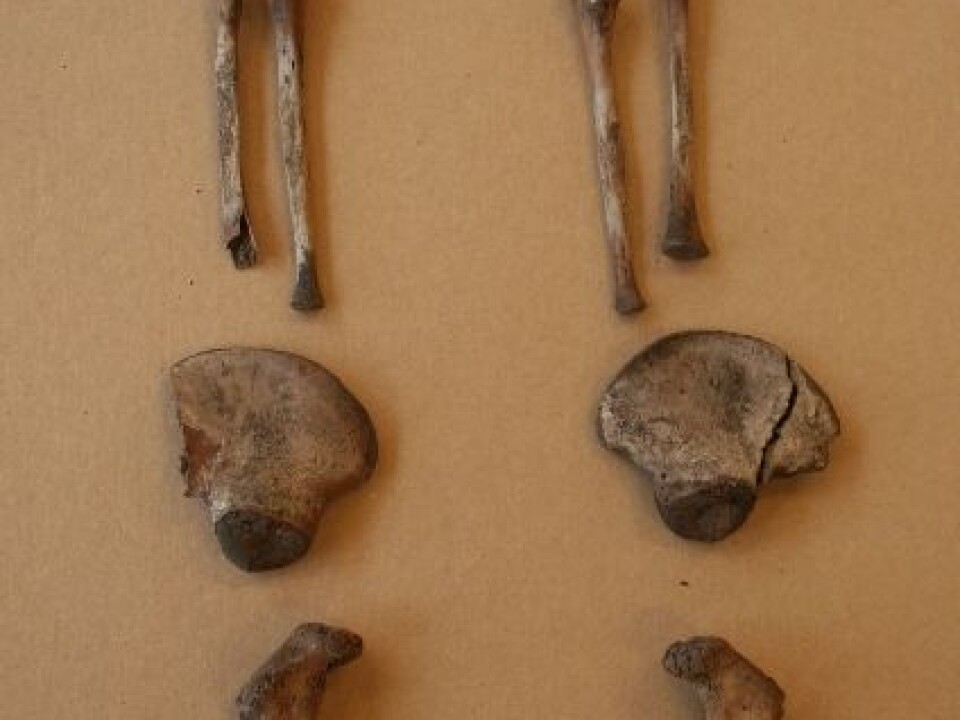
In the Middle Ages not much stock was put on human equality, so a proximity to holy symbols depended on class and prestige.
Hamre points out that two laws included rules about the social division of graveyards, and the wealthiest were honoured with spots closest to the church.
The poorer you were, the further away you were from a church wall. Thralls or slaves were placed furthest away from the church, by the outer walls of the cemetery.
Analyses of the 1,200 skeletons, unearthed for various reasons from the 1960s to the 1990s, show this was a rule that was closely followed in Norway.
But how do you discern between rich and poor?
Weary bones
“Pathology – the study of disease – is an essential area of my discipline,” says Hamre.
His hypothesis is that individuals from the lower classes lived harder lives and were exposed to more physical stress. Early signs of infirmity and wear from hard toil are more common among members of the lowest class.
This is exactly what the researcher saw in the bones disinterred from graveyards in Tønsberg and Trondheim. The further they were from the church, the more signs of damage and wear from hard labour.
“It’s easy to spot the difference between a worn-out skeleton and a healthy one. If you live long enough, you will always have signs of wear in your joints and vertebra, but when I see these signs of wear in young people it’s indicates they’ve led a hard life,” says Hamre.
Nobody spared by disease
Skeletal height, which is often used in determining social class in other countries, does not appear to be well linked to rank among Norwegians in the Middle Ages. Life spans were also about the same for rich and poor, according to Hamre.
Hamre explains that many people died very young, so the average life span was just a shade over 25 years. Even those who survived childhood couldn’t expect to live longer on average than their mid-thirties.
Disease was the major killer. Wealth at this time was a poor safeguard against infectious diseases.
“The rich had nothing to protect themselves with,” says Hamre. “Wealth can only provide protection if medical skills are available, which they weren’t in Medieval times.”
The rich might have found some solace in knowing that they would end up with a privileged spot by the church. For any parents who lost their infants, there was also a similar consolation whatever their place on the feudal ladder.
The innocent babies
According to Hamre there was one group of people who received a prime location in churchyards independent of class – infants.
“The youngest children, just a few months old, were always buried next to the church wall. They appeared to have a special status,” he says. “However, if they were a little older they would be spread around according to social rank.”
“Perhaps the youngest were considered to be classless? Or simply they were viewed by the Church as particularly innocent. We see the same practice in other countries but I don’t think we know the reason for certain,” says Hamre.
He says that the old feudal burial practices crossed borders in this period, when all churches were Catholic. Studies in countries neighbouring Norway reveal the same segregation in cemeteries according to gender, social status and age.
Translated by: Glenn Ostling







